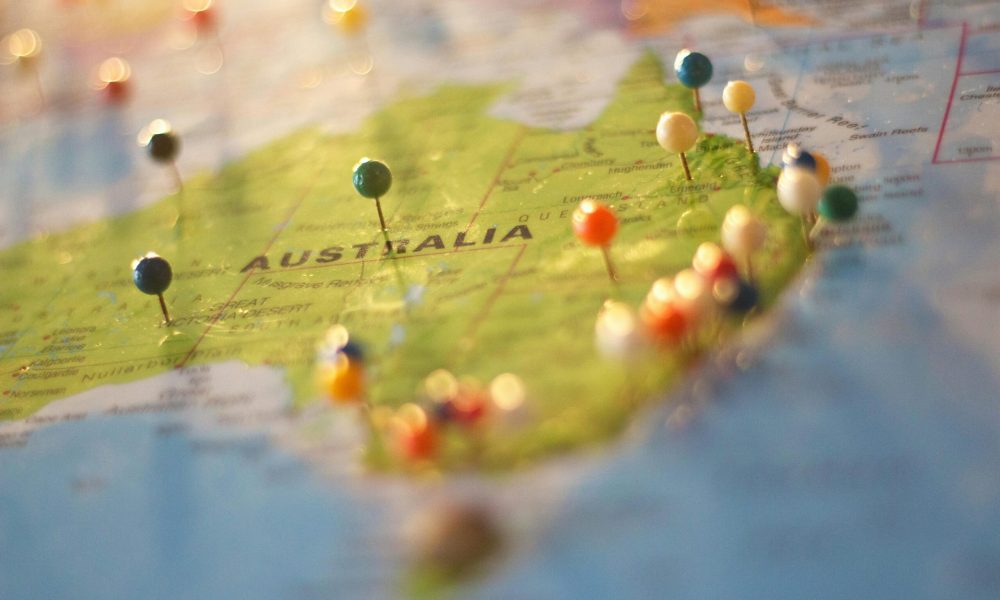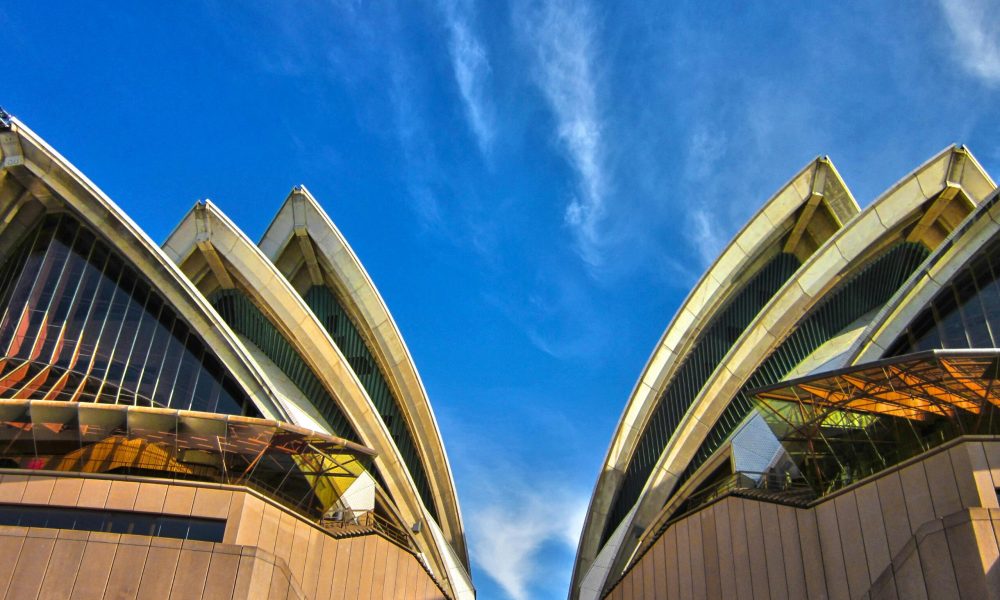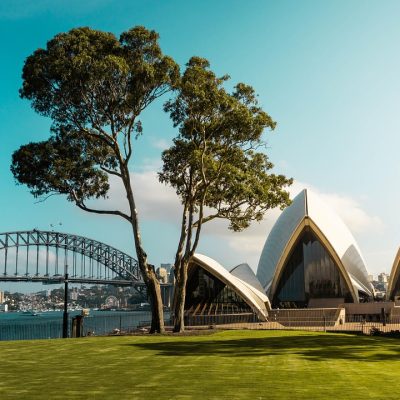
The Cost Of Living In Australia: How To Make It Work For You?
Australia is renowned for its high standard of living, but this often comes with substantial expenses. Understanding and managing the cost of living is crucial for both residents and newcomers. This guide delves into the various facets of living costs in Australia and offers strategies to make them more manageable.
Understanding the Cost of Living in Australia
The cost of living in Australia encompasses various expenses, including housing, utilities, transportation, groceries, and leisure activities. As of 2025, the average monthly costs are as follows:
Family of Four: Approximately AU$8,330 without rent.
Single Individual: Around AU$4,732 without rent.
Note: These figures are estimates and can vary based on location and lifestyle choices
Breakdown of Major Expenses
1. Housing
Housing is typically the most significant expense. Rental prices vary depending on the city and proximity to the central business district (CBD). For instance, renting in Sydney or Melbourne’s CBD is more expensive than in regional areas.

2. Utilities
Utilities, including electricity, water, and internet, add to monthly expenses. Recent data indicates that electricity costs have surged by 31.3% since October, with predictions of a further 29.9% increase by the end of 2025 without government rebates.
3. Transportation
Public transportation is widely used in urban areas and is generally more cost-effective than owning a private vehicle. The average transportation cost in Australia is around AUD 150 (USD 96).
4. Groceries and Dining
Grocery prices are relatively high compared to other countries. Dining out can also be expensive, especially in major cities. Planning meals and cooking at home can lead to significant savings.

Strategies to Manage Living Expenses
1. Budgeting
Develop a budget that prioritizes essential expenses, such as housing and utilities, while also allocating funds for savings. Tracking income and expenditures helps identify areas to cut costs.
2. Housing Choices
Choosing affordable suburbs or regional areas can significantly reduce housing costs. Sharing accommodation is another effective way to lower expenses.
3. Transportation Savings
Utilizing public transport instead of owning a car can save on fuel, maintenance, and parking costs. Many Australian cities offer reliable public transportation networks.
4. Smart Shopping
Shopping during sales, buying in bulk, and choosing generic brands can reduce grocery bills. Additionally, exploring local markets can provide fresh produce at lower prices.
5. Healthcare Considerations
With health insurance premiums set to increase by an average of 3.73% in April 2025, it’s essential to review and compare policies to ensure they meet your needs without unnecessary costs.
6. Supplementing Income
Exploring side hustles, selling unused items, or renting out a spare room can increase your income.
Conclusion
While Australia’s cost of living is high, strategic planning and mindful spending can make it manageable. By understanding expenses and implementing the strategies outlined above, you can enjoy the Australian lifestyle without compromising financial stability.



